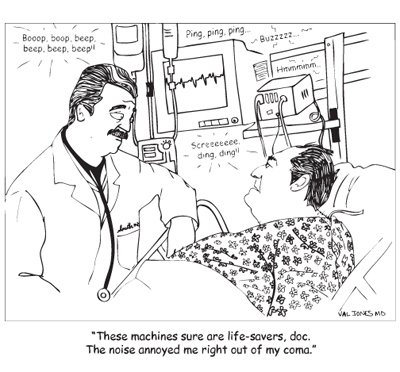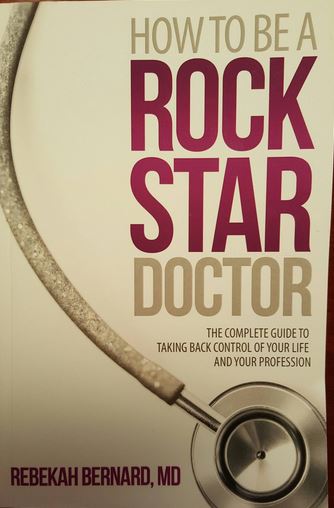October 13th, 2011 by RyanDuBosar in Research
No Comments »

Hospitals that provide the lowest quality care at the highest cost care for more than twice the proportion of elderly minority and poor patients as the nation’s best performers, researchers found. And patients at the “worst” institutions are more likely than patients elsewhere to die of certain conditions, such as heart attacks and pneumonia.
These hospitals and their patients may be the ones most at risk under new Medicare payment arrangements that could cut payments to hospitals that fail to meet quality metrics, reported researchers from the Harvard School of Public Health.
The researchers examined how quality, costs and patients served correlated among 3,200 hospitals nationwide. They then identified 122 “best” hospitals, those that were in the highest quartile of quality and lowest quartile of risk-adjusted costs, and 178 “worst” hospitals, those in the lowest quartile of quality and the highest quartile of costs.
Hospital quality and performance data were Read more »
*This blog post was originally published at ACP Hospitalist*
August 27th, 2011 by RyanDuBosar in Research
No Comments »

Heart attack patients are now being treated on average 32 minutes faster than they were five years ago, and medical societies are touting it as evidence of the success of national campaigns to treat heart attacks more quickly.
The study, “Improvements in Door-to-Balloon Time in the United States: 2005-2010,” found that the average time from hospital arrival to treatment declined from 96 minutes in 2005 to just 64 minutes in 2010. In addition, more than 90% of heart attack patients who required emergency angioplasty in 2010 received treatment within the recommended 90 minutes, up from 44% in 2005.
Also, the study reported that Read more »
*This blog post was originally published at ACP Hospitalist*
May 24th, 2011 by M. Brian Fennerty, M.D. in Health Tips
No Comments »

I have noticed that we all think we are the best endoscopist around (in my case, that is indeed true!). However, we really never measured colonoscopy skill as a “patient-centered” metric and instead often use speed, efficiency, sedation needs, etc. when judging our colleagues. What is more important than these measures, however, is whether we find and remove adenomas, thereby preventing colon cancer downstream in our patients.
A number of surrogate markers for quality colonoscopy and polyp detection have been used in the past, including scope-withdrawal time from the cecum. But the one measure that has been the best predictor of quality is an endoscopist’s ADR (adenoma detection rate). In fact, this is the most reliable quality measure yet determined, and it may become the basis for being paid for these procedures in the not so distant future.
So I need to ask you:
1) Do you know your ADR?
2) Do you or does your group compare your ADR to other endoscopists within your endoscopy unit or practice?
3) Is there a program to increase ADR in low performers in your endoscopy unit?
4) Do you use your ADR as a marketing tool?
5) What is your take on the ADR as a quality measure?
I look forward to hearing from you on this topic!

*This blog post was originally published at Gut Check on Gastroenterology*
May 24th, 2011 by DrWes in Opinion
1 Comment »

With the news that Wellpoint, one of the largest insurance companies in America, will cut off annual 8% payment increases to about 1,500 hospitals if they fail to “test” high enough on 51 quality measures, they have officially defined “quality” health care as checkboxes.
Yep, checkboxes.
You see how do insurers know if we offer each of our patient’s nutritional guidance or exercise counseling?
Well, they check to see of doctors have clicked on a yellow warning box advising we do this. If we have, then not only is that doctor a fine, “quality” doctor, but the hospitals (and it’s computer system and scores of administrative staff that compile and submit this data) are real, fine, “quality” hospitals.
That’s all there is to it.
Never mind if we don’t have time to actually perform the counseling.
* click * * check * * click *
Simple as pie. Efficient, too.
Beautiful bureaucratic quality.
Good luck with that.
*This blog post was originally published at Dr. Wes*
July 13th, 2010 by EvanFalchukJD in Better Health Network, Health Policy, News, Opinion, Research, True Stories
No Comments »

If a website touted misleading healthcare information, you’d hope the government would do something about it. But what do you do when the government is the one feeding the public bad information?
Last week the Obama administration launched the new Healthcare.gov. It’s mostly an online insurance shopping website. It’s very much a federal government version of sites like eHealthInsurance.com or Massachsetts’ HealthConnector site, which have been around for years.
So when HHS Secretary Kathleen Sebelius, in announcing the new site, claims it gives consumers “unprecedented transparency” into the healthcare marketplace, you should wonder what she means. But that’s not the big problem with this site. Read more »
*This blog post was originally published at See First Blog*














